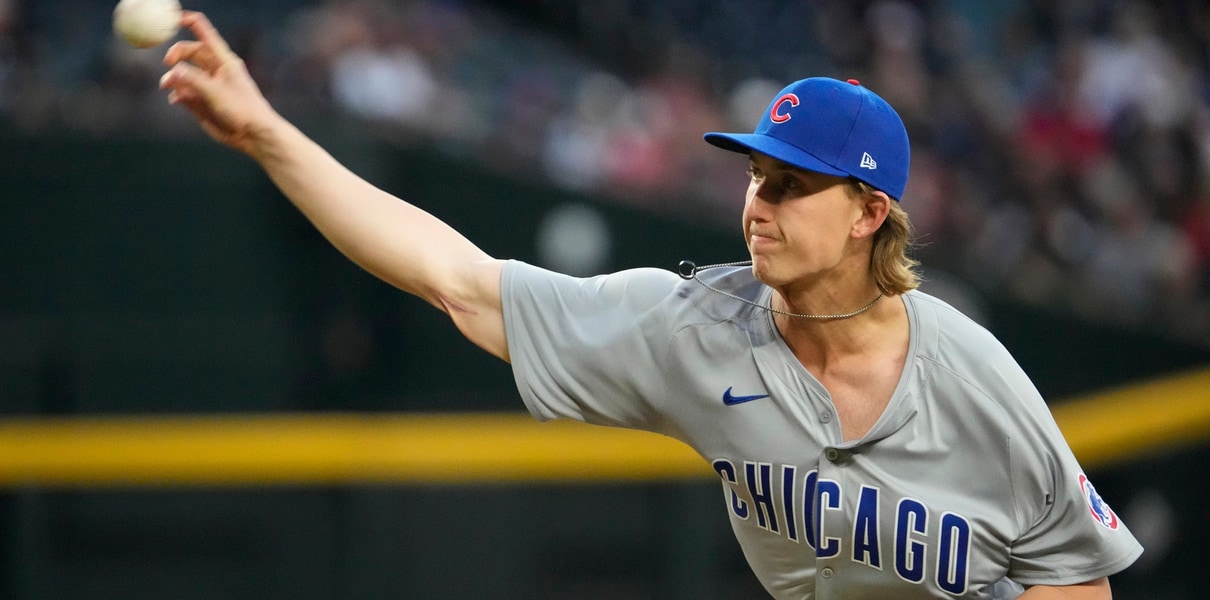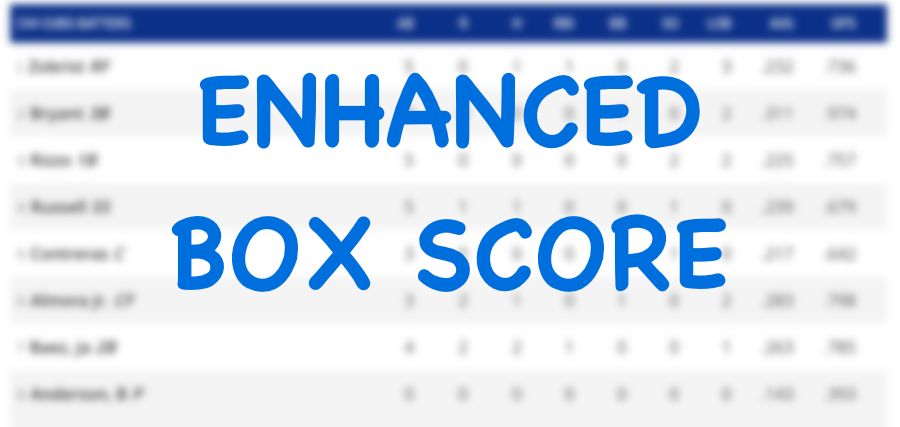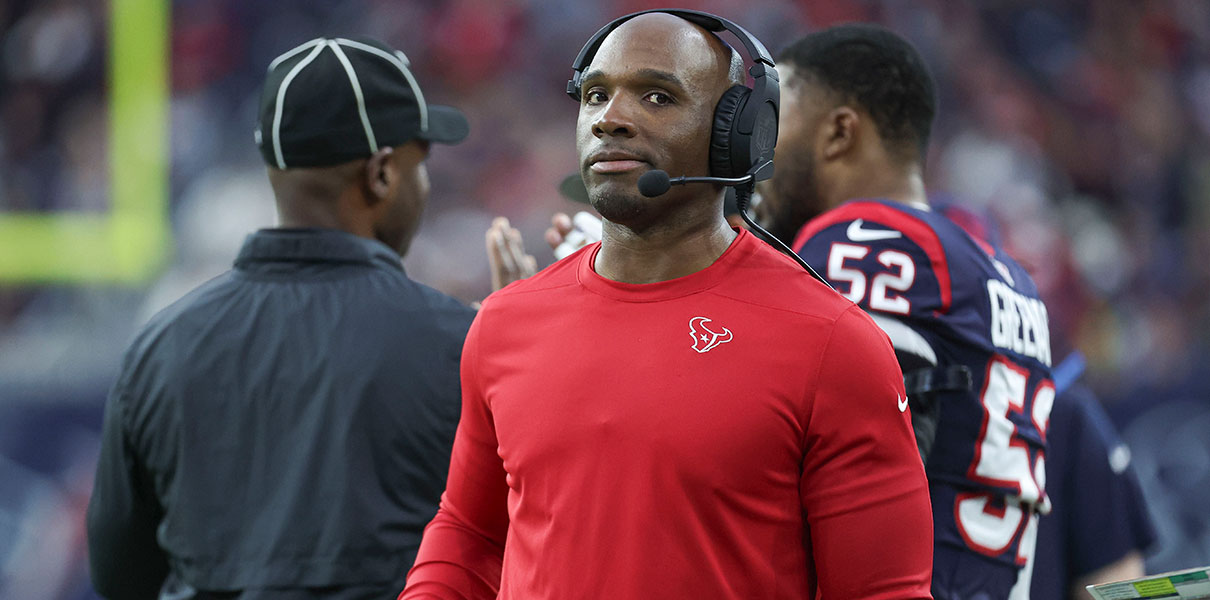Ah … the defensive shift. Baseball’s unicorn. “Why?” you may ask. Well, over the past decade or so, baseball has been introduced to a number of new topics and strategies spawning from the increased use of data and advanced analytics. Call it “sabermetrics,” call it “moneyball,” call it “Nerds-ruining-the-game,” call it whatever you like, but that’s what we’ve seen.
Most of these new ideas have been met with noted resistance from many people around the game, but one idea – and basically one idea only – has managed to sneak quietly by without nearly as much push-back*: extreme defensive shifts. You might not have even realized it’s that new or crazy of an idea, because, like I said, there’s been almost no arguments against it.
You wanna know why?
It usually works. For the most part, hitters develop tendencies, and tendencies can be tracked, followed, and exploited. Extreme defensive shifts are that exploitation, especially when spread across a large enough sample.
Despite their success and acceptance though, these shifts don’t work 100% of the time. When they work, they make you look like a genius, but when they don’t … especially if it’s in the outfield … well, take a look for yourself:
Your browser does not support iframes.
“I could have sworn I left a center fielder right here.” – Andy Green
Yup … on what would have otherwise been an easy fly-ball out to the center fielder, Matt Duffy doubles to lead off the bottom of the eighth inning in a two-run ball game. Following the double (that wouldn’t have been), the Padres intentionally walked Buster Posey, accidentally walked Brandon Belt and sadly watched as Brandon Crawford cleared the bases with a triple. The Giants went on to score five runs that inning and won the game 8-2.
Please don’t hit it here … aw, why’d you have to go and do that?
You can’t say with certainty what would have happened without the shift there, but … in this particular case things don’t look to hot. Not much you can say to that besides maybe, “Whoops!”
































